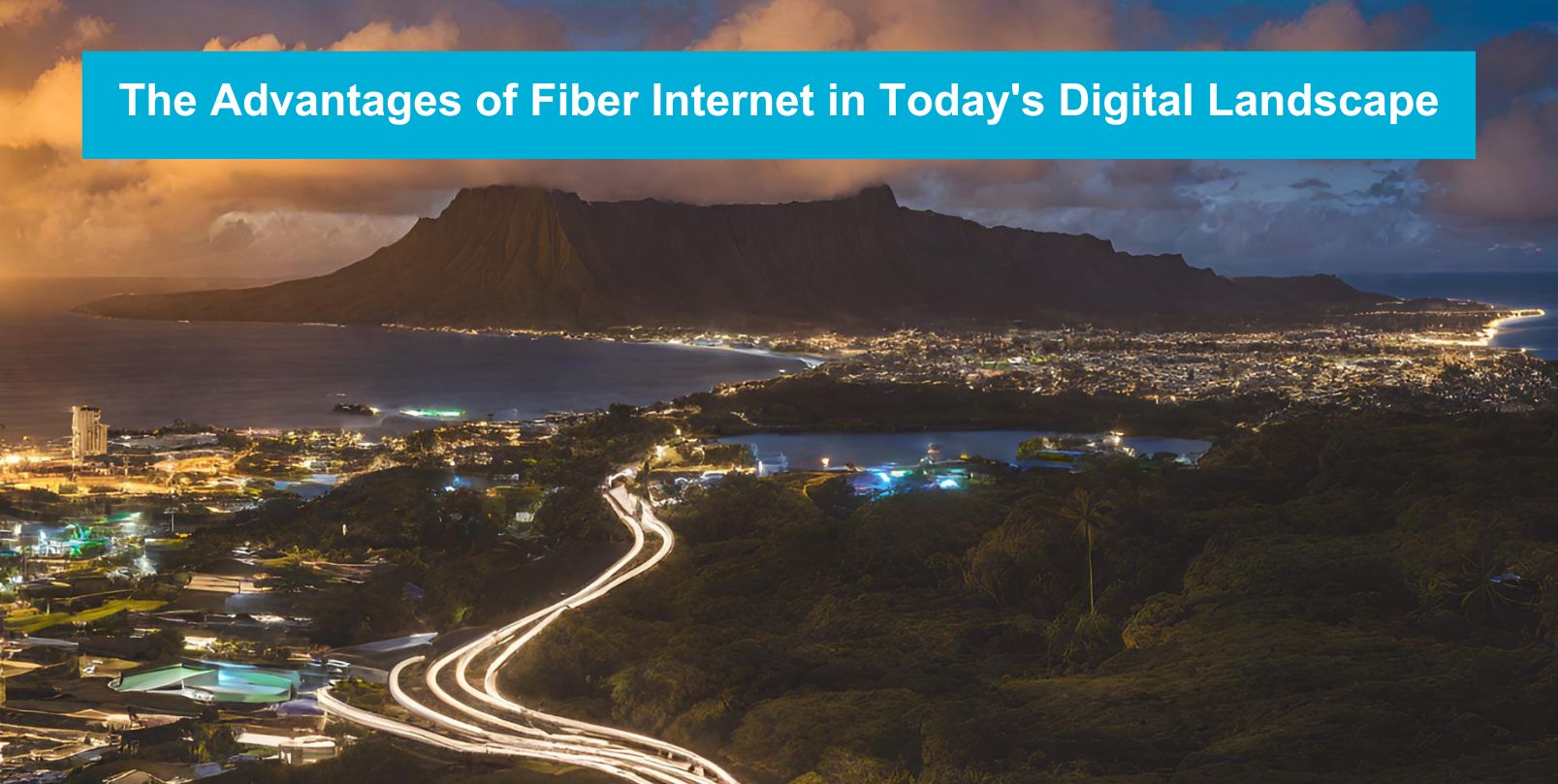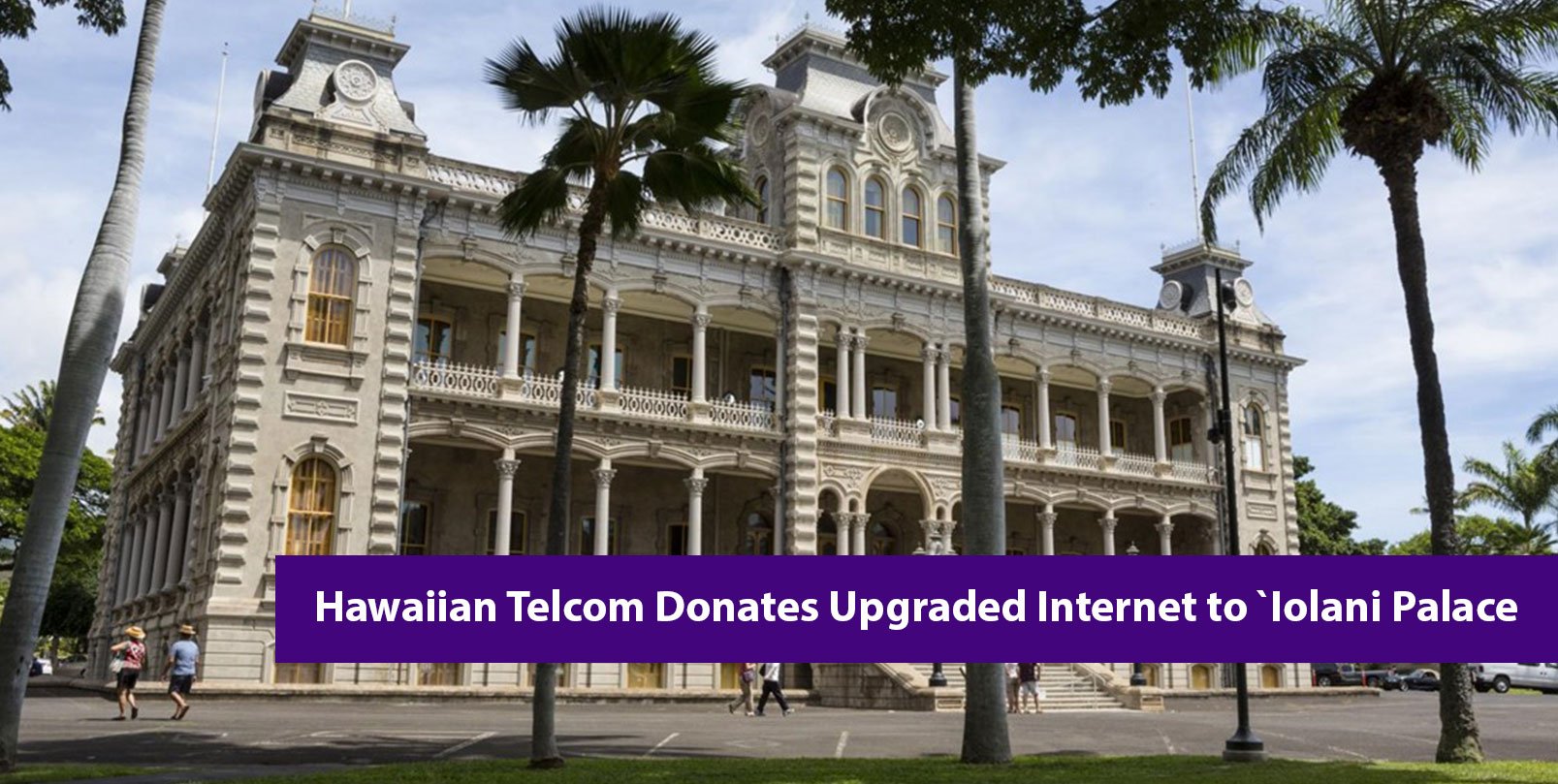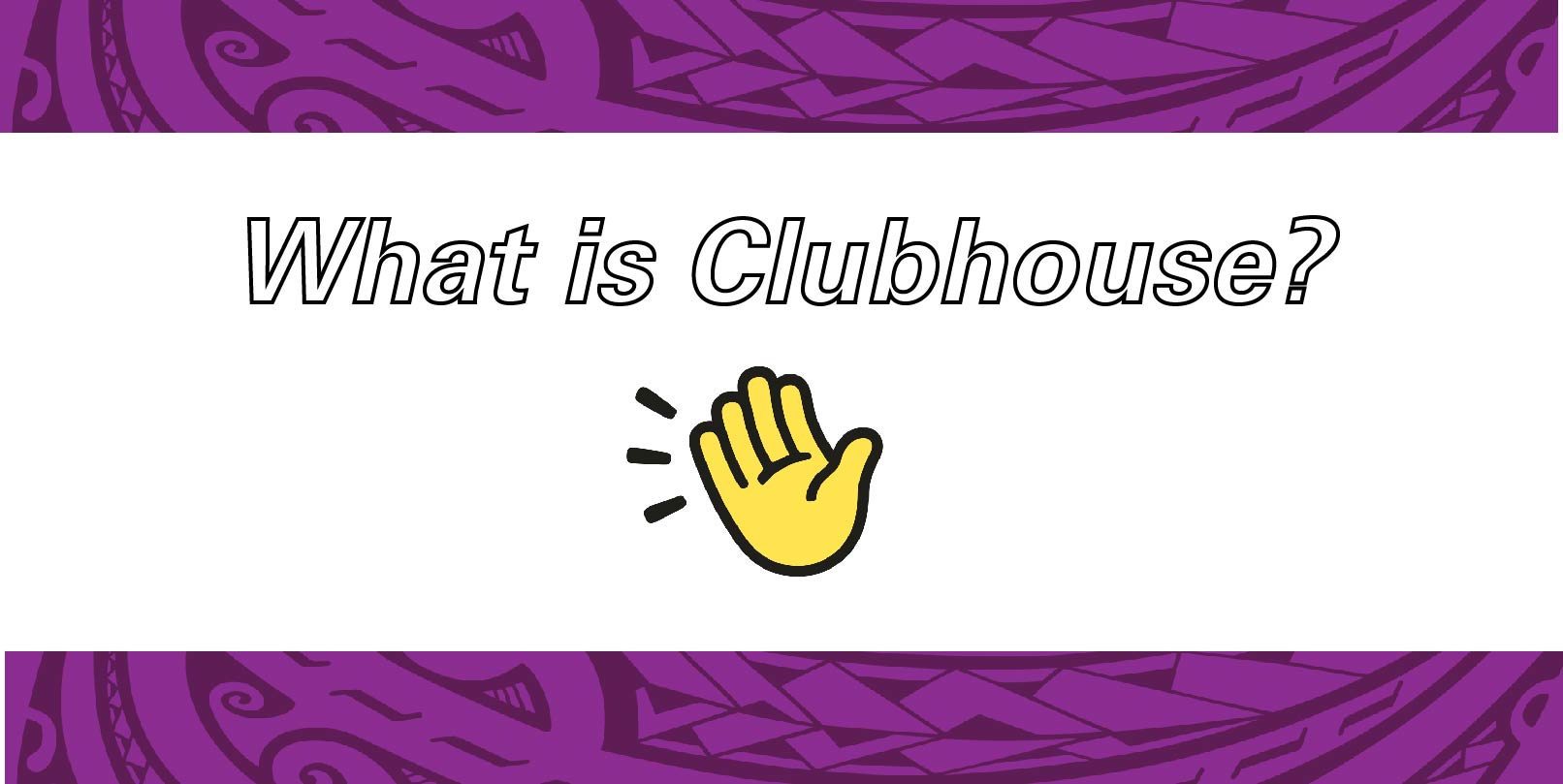Fiber is the Future
In March of 2020, communications networks across the country were put to the test as tens of millions of people found themselves confined to their homes in a collective effort to slow the spread of COVID-19. With an unprecedented number of people suddenly trying to work and school from home, as well as stay entertained, residential internet usage skyrocketed. In just a few months, we saw a dramatic increase in internet traffic driven largely by usage of gaming, streaming, and remote working applications.
Never before had there been such a fast and significant shift in the consumption patterns of consumers. As more people hunkered down at home, household internet became the primary lifeline to the outside world providing essential connections to work, school, friends, family, information, and entertainment, across multiple devices and at all hours of the day. Fast and reliable connections became more critical than ever before.
As a whole, internet providers managed to weather this storm and keep customers connected, although some more effectively than others. The common denominator among those companies who faired best? Fiber.
Fiber was made for the internet
When home internet was first introduced, it was carried over phone lines (who could forget that infamous screeching and buzzing sound). Then cable companies began piggybacking internet connections along the same copper cable lines they use to provide TV signals. As the internet has continued to evolve, consumer demand for more speed and bandwidth has rapidly increased. Today’s fiber-optic networks are the first purpose-built to meet the needs of today’s internet user and the only infrastructure with the capacity to grow with the internet into the future.
The advantages of fiber are many.
- Exponentially more download bandwidth – Your internet speeds depend on how much data the infrastructure can handle. A fiber-optic cable has approximately 10,000 times more bandwidth than a traditional copper cable. This can be attributed to fiber’s method of transferring data via pulses of light along glass fibers, each smaller than the width of a human hair. Because light is faster than electrical pulses, fiber is capable of transmitting much more data per second.
- Faster upload speeds – One lasting impact of last year’s stay home orders on internet usage patterns will be the increased importance of upload speeds. Videoconferencing via applications like Zoom and WebEx, along with large file uploads, and online gaming, all rely on upstream bandwidth. Because copper lines are limited in the total amount of traffic they can carry, providers have been forced to allot the majority of available bandwidth to download streams at the expense of upload streams. As a result, many cable companies can offer high download speeds but fall behind when it comes to upload speeds. Hawaiian Telcom’s fiber network, on the other hand, can provide upload speeds up to seven times faster than those of its major competitor operating on a legacy network.
- Resistant to electromagnetic interference – Electrical currents carried along copper lines are susceptible to the constant electromagnetic interference in the air caused by radio signals, cell towers, power lines, lightning, and the sun, to name a few. This interference degrades the current signals, which reduces bandwidth. Since fiber-optic cables do not conduct electrical currents, their signals are not susceptible to this interference.
- Better at carrying information long distances – All data signals weaken the further they have to travel. Fiber only loses 3% of its signal over distances greater than 100 meters, compared to copper, which can lose up to 94% of its signal over the same distance.
Building the last mile is going the extra mile
The superiority of fiber is no secret. Every network engineer is aware that fiber is the future of communications and nearly every internet provider has already begun to incorporate fiber into the backbone of their networks to some degree. But when it comes to the customer experience, investment in the “last mile” – the lines that connect a customer’s house or business to the rest of the network – is what makes all the difference.

Building out the last mile with fiber is a challenge for providers because of the costs associated with installing single lines to individual homes. As a result, many providers have opted to focus their fiber investments only on the cores of their networks and continue to rely on the existing copper lines to deliver that critical last mile to customer homes. While this approach may strengthen the network as a whole, the speed they can deliver to customers is still restricted.
As a result, the availability of fiber to the home (FTTH) is limited for most customers in the United States, even in the largest cities. For the better part of the last decade, Hawaiian Telcom has continually invested in building out our fiber network, including the last mile. And as we continue to further invest in fiber expansion, local access to fiber internet will continue to grow.
Companies who have invested in building out fiber to the home have essentially made an investment in the customer experience, both now and into the future.
What does the future look like with fiber?
Although the internet has been around for decades, it’s still just getting started and as recent history has shown, the ways people are using the internet are quickly evolving. One thing is for certain, our consumption of data is going to continue to grow and along with it will our need for higher bandwidth (both upload and download). Streaming is quickly becoming the preferred method to consume high definition audio and video, the audience for online gaming is broadening, smart home and other internet-enabled devices are flying off shelves, and practical applications for virtual and augmented reality are being explored. Fiber is what will make all these – and whatever might follow – possible.
Rest assured in the knowledge that you've secured your spot in the future by choosing Hawaiian Telcom’s Fiber network.







